Hooray, here comes spring! And with it, the chance to get planting. Nothing beats the simple pleasure of planting seeds and watching them burst into life. So, spring into action and become a mean, green, seed-sowing machine.
A spring thing
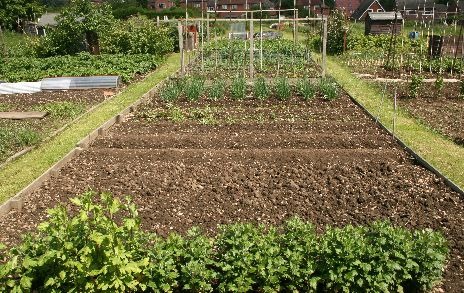
March is the month when allotments and veggie patches across the country come alive, with longer daylight hours creating perfect planting conditions.
All seeds really need is moisture, warmth and light, and let nature do the rest.
So, beginners can start with something as easy as watercress—which happily grows on a damp piece of cotton wool or kitchen paper.
But sowing your own also means more diverse plants, think purple sprouting broccoli or curiously purple carrots — amazing!
Sizing up seeds
Much like the plants they’re destined to grow into, seeds come in an assortment of sizes. Fine seeds, like tomatoes, can be thinly scattered straight from the packet or mixed with dry sand in the palm of your hand before sprinkling the mixture onto the soil. They have lower germination rates than large ones, so sowing them like this saves you ending up with an empty individual pot.
Large seeds, like cucumbers and pumpkins have a flat seed structure and are sown on their sides, enabling the first shoot to conserve energy and grow straight towards the surface. For precise seed orientation like this, use your gloved fingers and sow one at a time.

Kids particularly like large, easy-to-hold sunflower seeds and, because generally seeds are planted at a depth of two times their width, they’ll love getting involved working out how deep to place them too.
Sowing Indoors
Before you get started, it’s worth investing in new seed trays as this will keep seedlings clear of diseases harboured in old trays from the previous year. If you’re worried about waste, small pots made from biodegradable wood fibre are a fantastic option. Sowing seeds individually into these will mean that you can simply plant the whole thing, minimising disturbance to the roots of young plants when potting on.
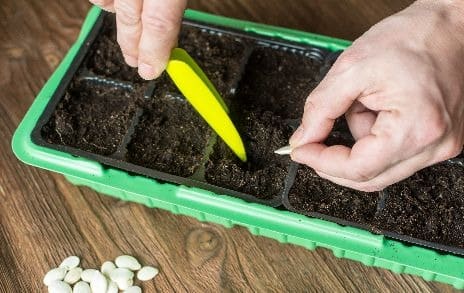
1. Start sowing indoors by sourcing compost that’s specifically formulated for growing from seed, it’s written on the bag.
This finely milled compost will allow young roots to grow easily and has the right balance of nutrients for good health.
2. Plant into ready-moistened soil to prevent seeds from being disturbed by watering after sowing and use tap, rather than rain water, to keep diseases at bay while plants are young.
3. Cover your containers with clear polythene to retain warmth and moisture and pop in a bright, warm position. Misting regularly will keep compost moist without damaging delicate shoots.
Tender loving care
Whether you’re growing flowers for a pretty picture or veggies for delicious dining, the principles of seed planting are the same. Tender flowers, like Salvia splendens (scarlet-flowered sage) will be started off indoors before being moved outside later.
Frost-hardy plants, on the other hand, like Sempervivum (houseleek) and Papaver (poppy) can be planted directly in the garden.
Once all danger of frost has passed, transition your tender plants outside by introducing them to outside temperatures gradually – called ‘hardening off’.

Pop them out in a shady, sheltered spot for a couple of hours to start with. And slowly ramp up the exposure over a couple of weeks. This will allow the leaves to develop a thicker outer coating that will protect them from the great outdoors.
Transplant seedlings
Seedlings that are growing together in groups need pricking out. For this, gently separate them and then plant into 9cm pots when they’ve got four to six leaves. This will stop roots from becoming entangled. Seeds sown individually can be left until their roots fill their pots before potting on.
A pointed hand tool called a ‘dibber’ can be used to loosen compost around roots. Do this before gently lifting seedlings out to prevent damage to their delicate stems. Carefully firm down and water in using a fine rose attachment on your watering can. This waters in a fine shower so not to unsettle the plants in the soil.
Sowing outdoors
Sowing straight outdoors is handy for people who don’t have space to grow seeds indoors, but you’ll need to wait until mid-spring. Once the weather’s warm enough, the secret to success is preparing your seedbed properly. It needs to be weed-free and have a crumbly texture to allow young roots to push through easily. Simply dig over the soil so that it’s loose to a spade’s depth, rake over to smooth the surface and give it a few days to settle before getting started.
Tip:
Recycle your old tic tac
boxes to store individual seed varieties,
placing them in a cool, dark place
for later use.
And there you have it, everything you need to know about sowing seeds for the season
—get cracking!
Reader questions
Can I avoid the hassle of staking tomatoes?
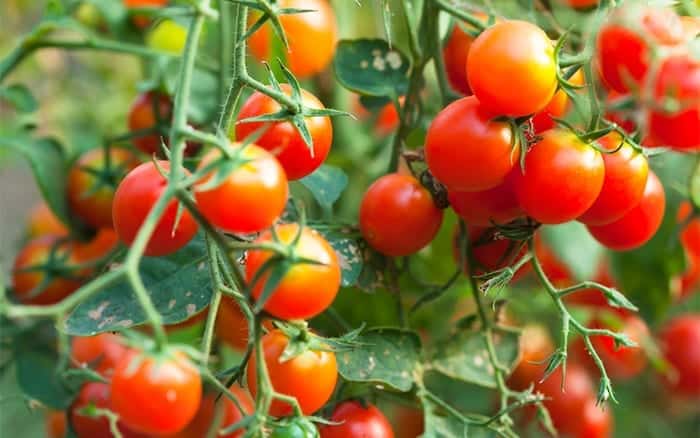
Yes! Bush tomato varieties have been modified to produce abundant fruits on compact plants. They don’t require staking or pinching out of side shoots, making them really hassle-free. If you sow them indoors now, you’ll have delicious homegrown toms by July.
How can I improve soil around garden plants?

Improving soil around established plants needs to be done without deep digging that can damage plant roots. The perfect solution is to apply a generous layer of organic mulch to your soil, e.g. bark chippings, compost or well-rotted manure. Micro-organisms will break it down over time and release nutrients for use by your plants.
Gadget
A beautiful bounty
Want to mix up your daily dose of greens?
This pretty, purple-sprouting broccoli will produce deliciously tender shoots that are mouth-wateringly tasty.
Packed full of goodness like vitamin C and A, they’ll jazz up your dinners and are easy to grow too. Sow them now and seedlings should appear in one to three weeks.
Wait until April to May for planting out, in order to avoid late frosts. And they’ll be ready to harvest in October for late summer salads or stir-fries.
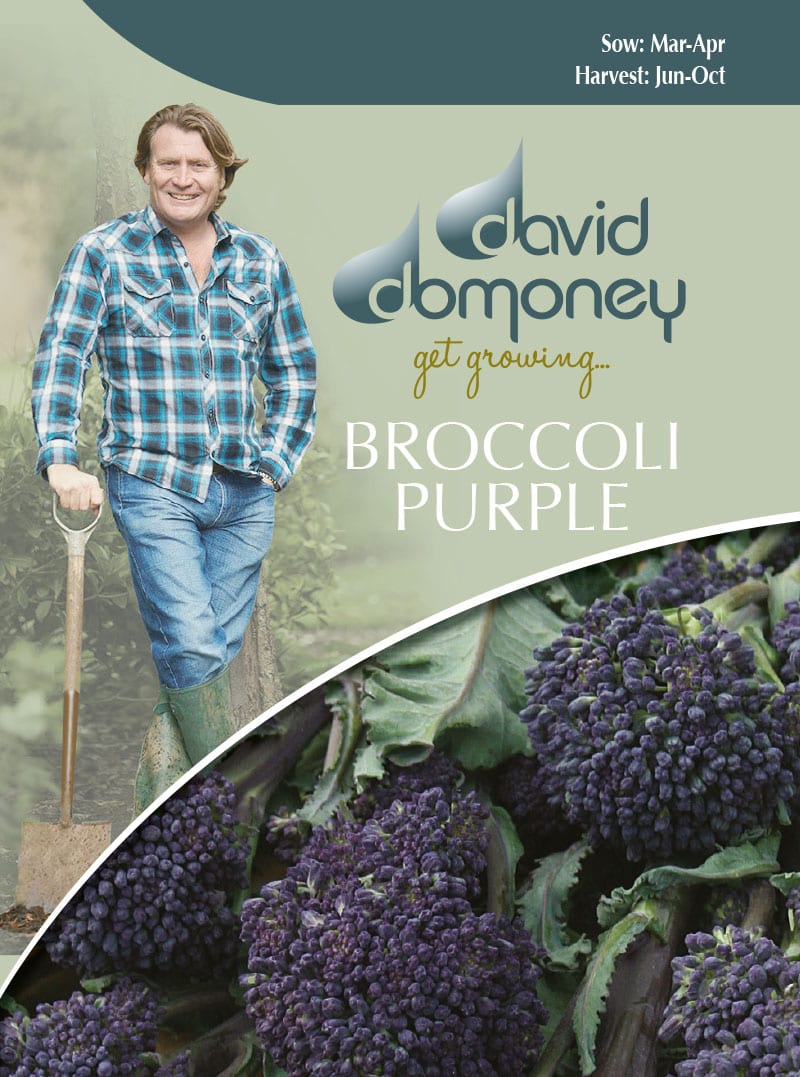
Cultivation Street
Our 2019 competition has launched! In conjunction with the Sunday Mirror and our fantastic sponsors Calliope®, we are offering a total prize pot of £20,000 to school and community gardens across the country.


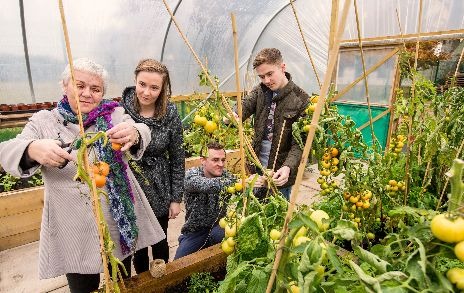
In addition to the competition, our campaign encourages people of all ages and backgrounds to get outside and enjoy the great outdoors. Alison from Tiny Trowels, one of last year’s community garden winners knows all about the rewards of inspiring kids to get out and grow. Alison said, “Kids really love classes that centre around wildlife whether that is bird spotting or bug hunting. Tasting the fruits of their labour is also high up on the list of favourite sessions, especially when the strawberries are in season! It is great to see them engaging with nature and understanding more about the world around them.”
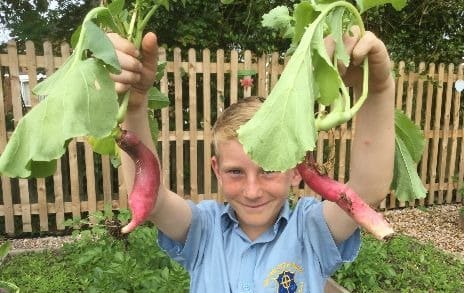
Our website offers several simple activities and ideas to get your little ones inspired to discover what their gardens have to offer. From colouring sheets to gardening projects, there is something for everyone at cultivationstreet.com. And getting kids engaged with nature doesn’t have to cost money or need a great deal of planning.
Alison explains, “If they are very young, make sure you’ve got an area where they can dig. Kids love to search for worms and digging can lead to all sorts of imaginative play. Also, if your garden is big enough, give them their own little patch of ground where they can grow what they like.
They may choose to grow fruits or vegetables, decide to build a fairy garden or perhaps a Jurassic landscape where their toy dinosaurs can live.”
Follow us on Twitter, Facebook, Instagram and cultivationstreet.com
David Domoney is a Chartered Horticulturalist, Broadcaster, and Author. David has worked with a number of the UK’s leading garden retailers as a plant buyer and strategic consultant. With more than 30 years experience, in horticulture, David is as passionate about plants now as he was when he bought his first plant at a village fete.

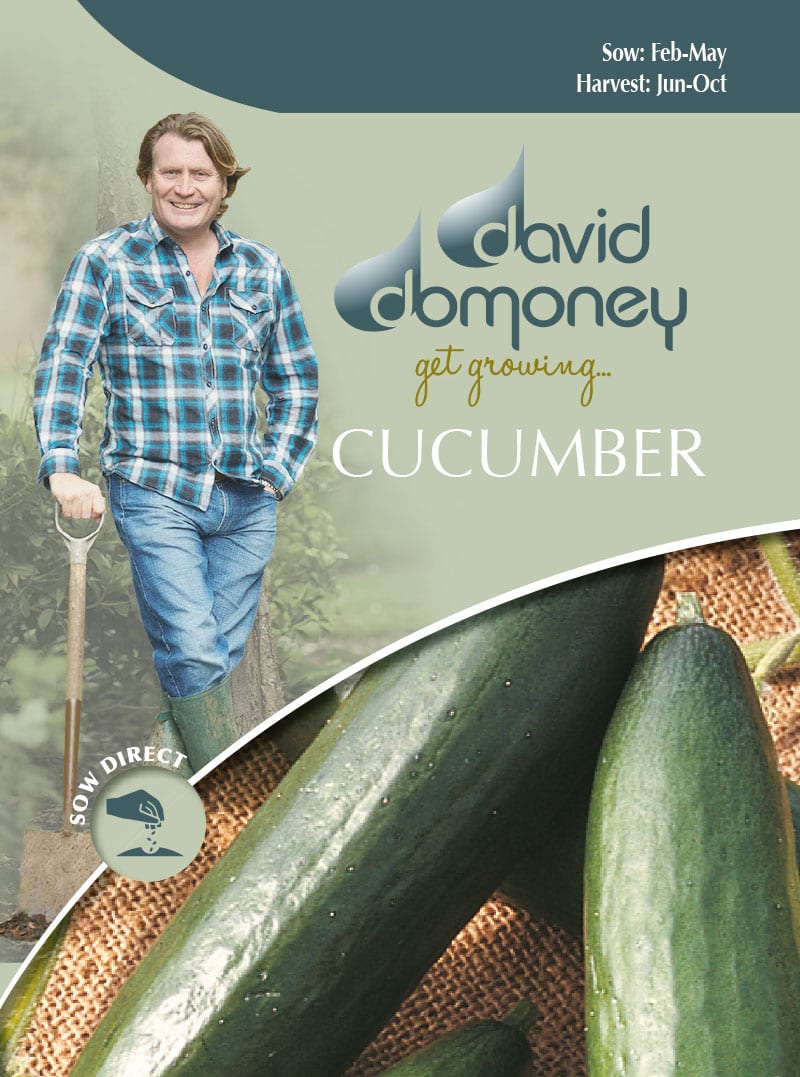

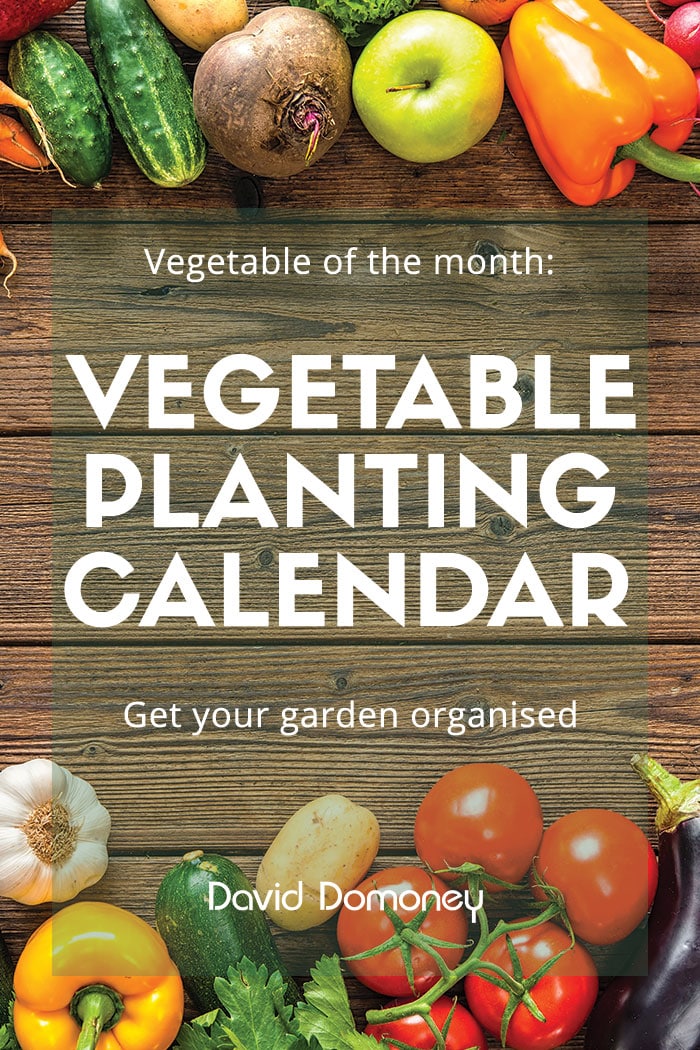
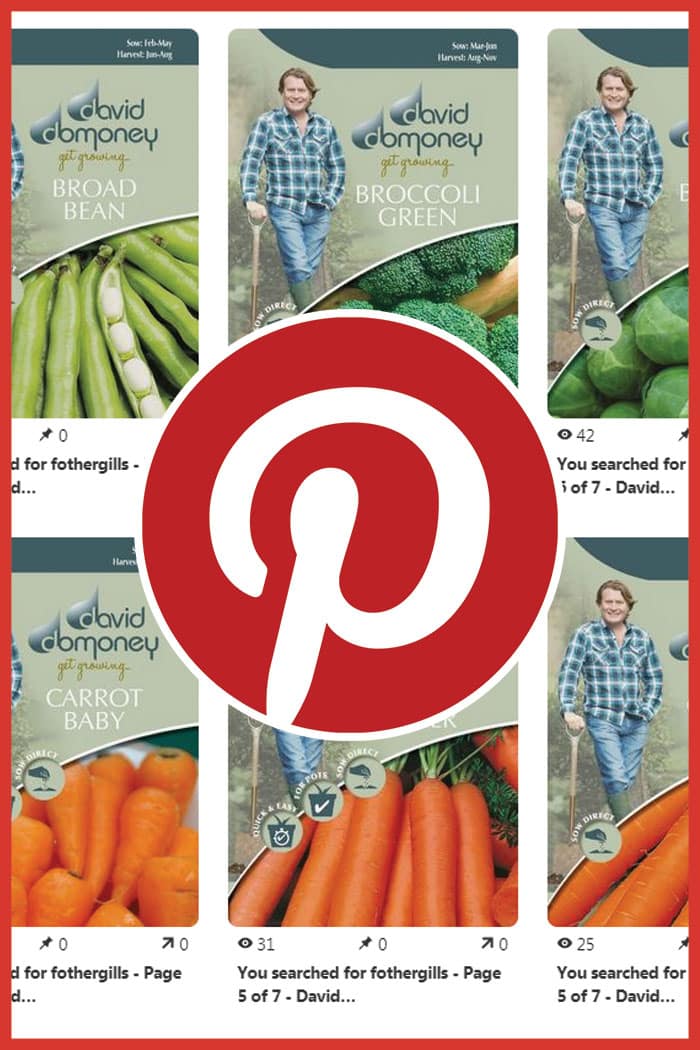

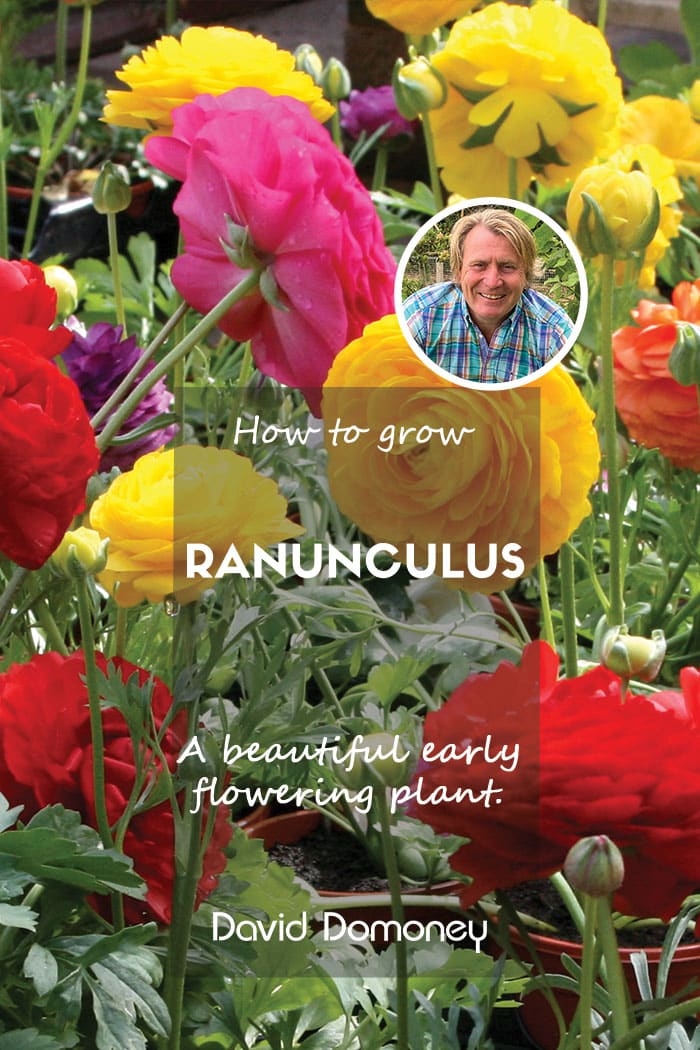
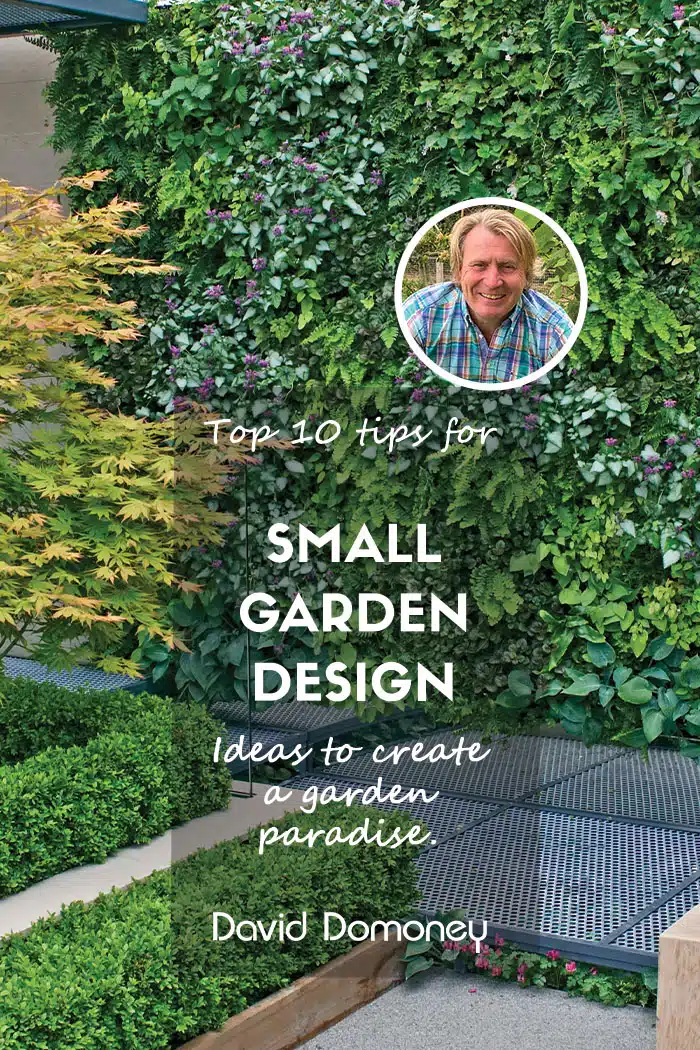
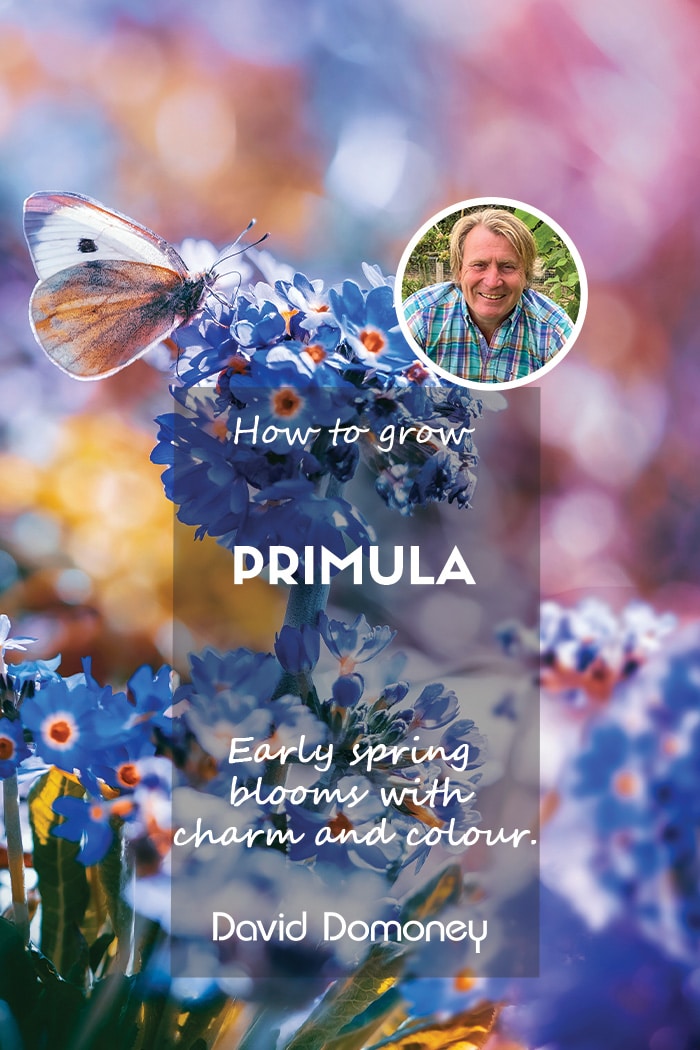
Leave A Comment